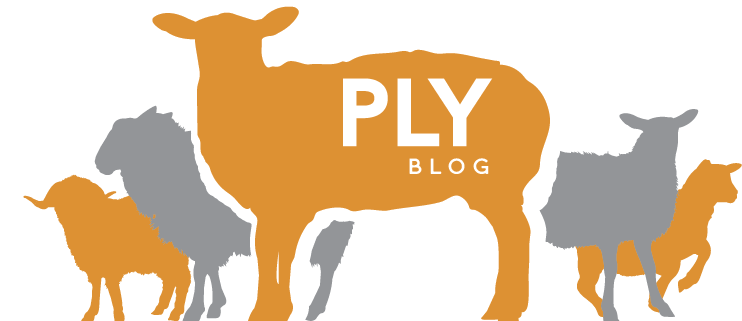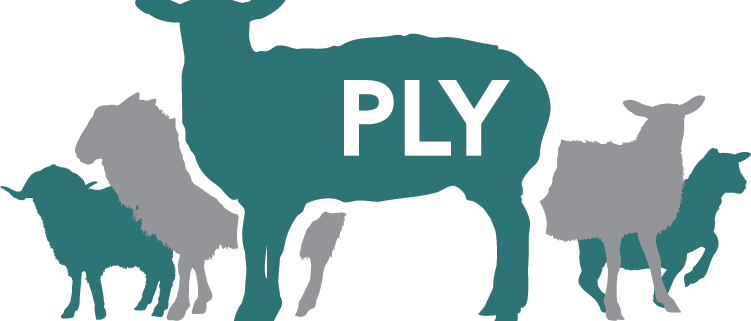Latest Blog Posts
Fiber Salad: The Firehouse Spinners create lasting threads of connection
words and photos by Lisa Mitchell In February 2020, we had no idea that The Fiber Salad Gathering would be one of our last meetings. As a newbie to spinning and the Whidbey Weavers’ and Spinners’ Guild, I had been relishing the weekly gathering of spinners. That summer, when I first joined, I had never […]
Lofty Yarn Spun from Finger-Opened Locks
words and photos by Donna Kay I love preparing fiber – whether it is handcombing lustrous locks or carding puffy rolags. But sometimes we forget about the oldest tools of all: our hands. Consider getting “back to the sheep” and spinning hand-prepared (literally) locks into a rustic lofty yarn. It is a fitting and extremely […]
Book Review: The Fleece and Fiber Sourcebook
reviewed by Sukrita Mahon If you have been spinning for any length of time, you have probably heard of The Fleece and Fiber Sourcebook by Carol Ekarius and Deborah Robson or maybe own it yourself. If not, you probably should – it’s a collection of over 200 varieties of fibre from around the world, methodically […]
Mood: Summer 2022 – The Mix Issue
Mix Moodboard (Summer 2022) Much of the time we’re happy spinning along doing our regular thing, but sometimes we just want to mix it up! What about you? What do you like to mix up in your spinning? Do you mix fiber, preparation, draft, color, types of yarn, or types of crafts? If you do, we want […]
Ask Jacey #2: Margo is too twisted
This month, Margo asks, “How do you control overtwisting and setting the take up on a scotch tension?” Well, Margo, this is a super common question. Overtwisting is something that happens to everyone, both in the beginning, the middle, and well into our spinning careers. Honestly, every time I switch to an unfamiliar spinning implement […]




